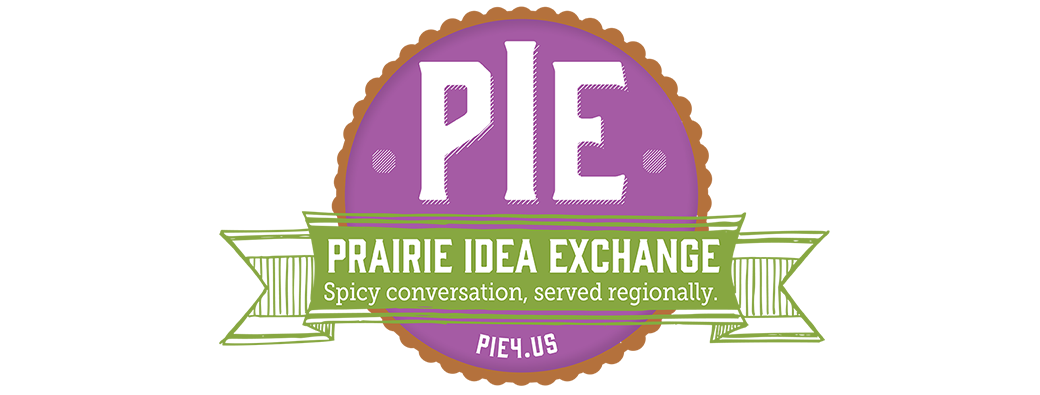When a large-scale agriculture project is proposed, people often get their armor on before the second word is spoken. The “anti” side can’t see any possibilities for positives, while the “pro” side can’t see how anyone could be opposed to progress. Once the armor is on, no one is going to be able to hear the other side, no matter what reasonable arguments are presented.
Community members are also often at a disadvantage in these discussions. The individual or corporation proposing a large-scale ag project has a business plan, financing, sometimes paid staff and often local or state government backing—all of which help them develop reasoning for why the project should happen. Community members have none of those advantages, and may not know where to start to gauge whether a project should happen.
With that in mind, here are some suggestions on how to have a more productive conversation with all parties—one that starts from a common value and builds from there.
Start here: “Do you (or can we all) agree with this statement? ‘I value this community, and I want to make sure my actions help it thrive.’”
If you can’t all agree with this statement—well, now you know who you are dealing with. But it’s likely that you can find common ground with almost anyone on this. From that common ground, you can build a better conversation, and work to ensure that the proposed project reflects that common wish for a thriving community.
Here are suggested questions to follow up with:
Who will own the facility? If the owner is local, money from the operation is more likely to recirculate in the community. If the owner is not local, profit will go to wherever corporate headquarters are and likely will not return. If you are given a local person’s name as owner, also ask about the percentage of ownership.
Who will own the animals? If separate entities own the building and the animals, there is potential for problems. Sometimes these arrangements are structured so that a large corporation owns the animals (where most of the profit is), while someone local owns the buildings (where most of the expense is).
Who owns the manure—i.e., who is responsible for the manure if there are problems? Some communities that have had issues with spills have found that this isn’t always clear.
Who will work in the facility? If a facility is intended to give a local person a livelihood—if, for example, a farm kid is coming home to work in it—it means something different for the community than if no one from the community wants to work there.
How much will they be paid? Workers who are paid enough to live on can give back to the community in terms of time or effort; workers who aren’t paid enough to live on instead take services from the community.
Who will do business with the facility? The facility will need to buy feed and/or other inputs from somewhere. Purchasing from local businesses can make a more positive impact on the community.
How much government support will the facility receive? Government funding gives a project an advantage over other efforts that did not receive such funding. Taxpayers also have a right to know how their money is being spent. You can search for most subsidy payments at farm.ewg.org.
How will the facility affect the neighbors? Odor is a common concern. Also consider traffic, potential disease vector, etc. A facility that you want for a neighbor should be able to list how it has considered these issues.
 Dakotafire Get your spark here.
Dakotafire Get your spark here.



